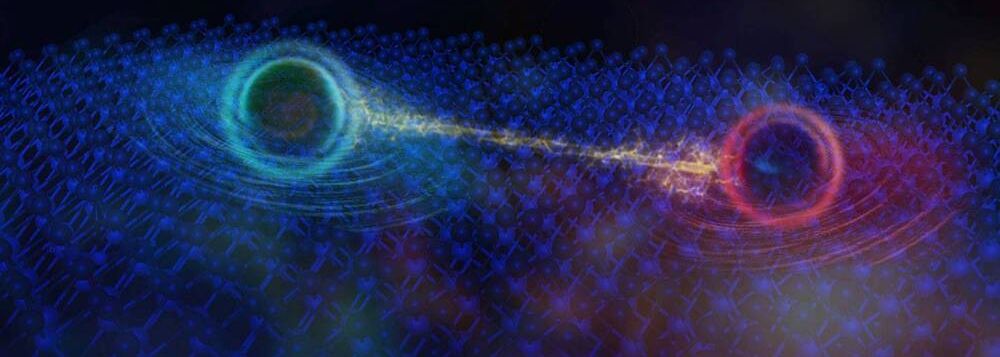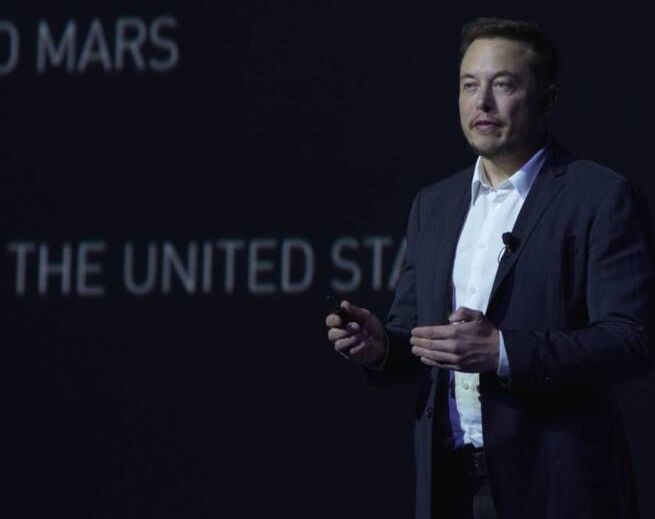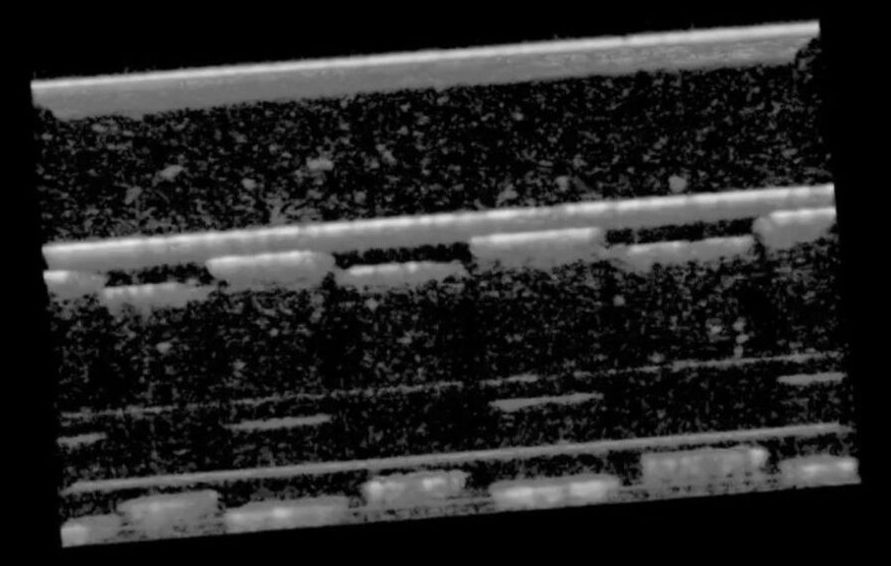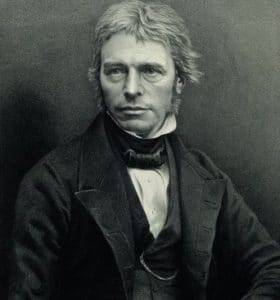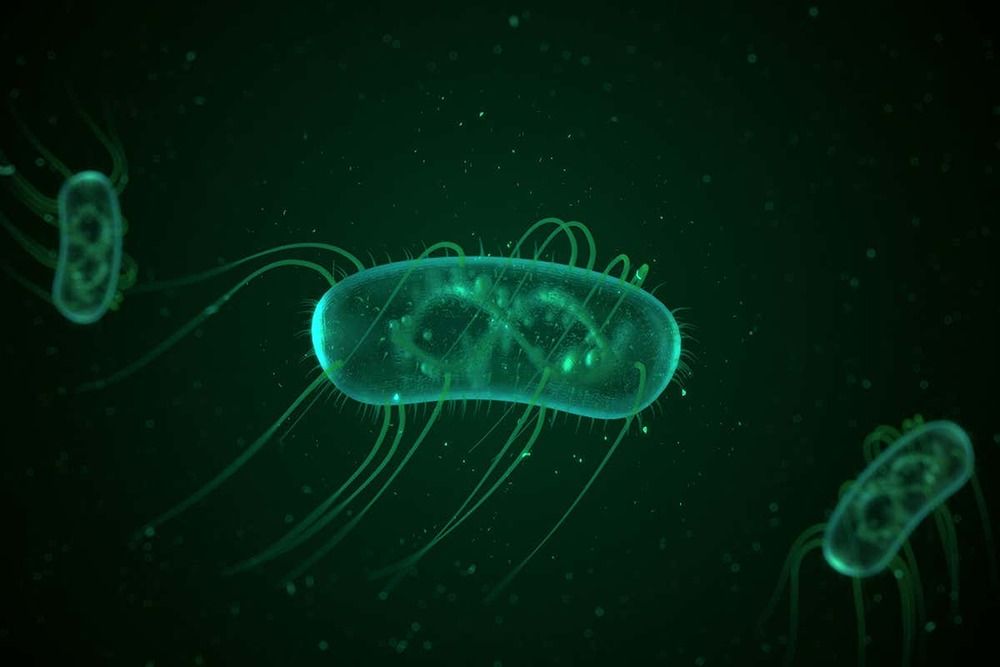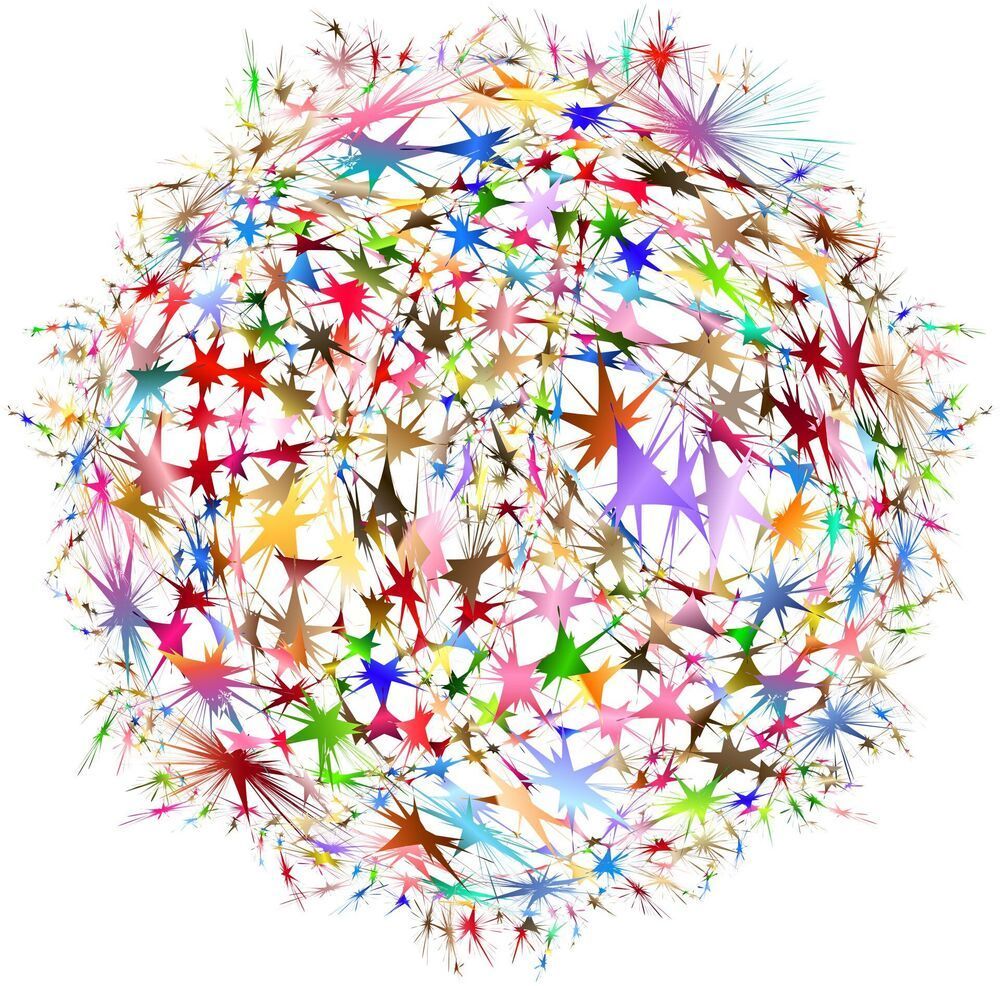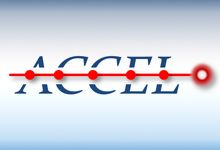Jan 12, 2021
Discovery of quantum behavior in insulators suggests possible new particle
Posted by Saúl Morales Rodriguéz in categories: particle physics, quantum physics
In a surprising discovery, Princeton physicists have observed an unexpected quantum behavior in an insulator made from a material called tungsten ditelluride. This phenomenon, known as quantum oscillation, is typically observed in metals rather than insulators, and its discovery offers new insights into our understanding of the quantum world. The findings also hint at the existence of an entirely new type of quantum particle.
The discovery challenges a long-held distinction between metals and insulators, because in the established quantum theory of materials, insulators were not thought to be able to experience quantum oscillations.
“If our interpretations are correct, we are seeing a fundamentally new form of quantum matter,” said Sanfeng Wu, assistant professor of physics at Princeton University and the senior author of a recent paper in Nature detailing this new discovery. “We are now imagining a wholly new quantum world hidden in insulators. It’s possible that we simply missed identifying them over the last several decades.”
